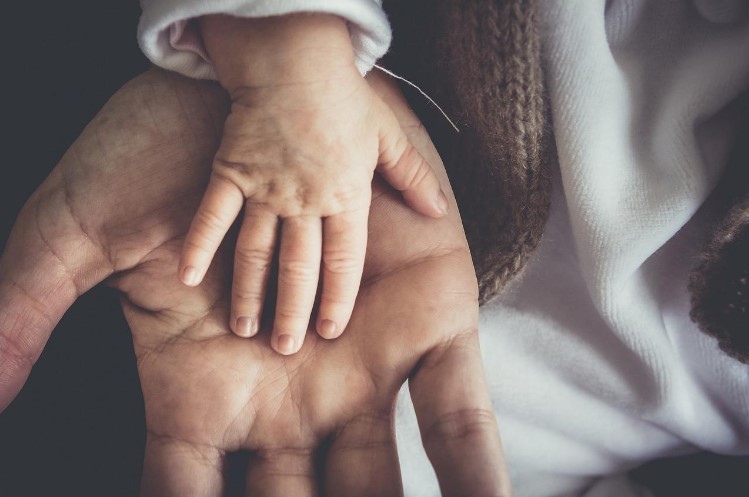
Lisa and Jack Nash had a daughter who was born with Fanconi anemia. The only way to cure Molly was through a bone marrow transplant. DNA testing revealed that both parents were not a match and could not be donors. Another option was to use umbilical stem cells to rebuild their daughter’s bone marrow until they both discovered that they had a 25% chance of conceiving another child with the same problem. To solve it, a DNA paternity test was performed, and Jack’s sperm was used to inseminate Lisa’s eggs. With a procedure known as “Preimplantation genetic diagnosis” (PGD), the scientists were able to isolate the embryos that did not develop Fanconi anemia and implant them in Lisa’s uterus. Nine months later Adam was born, and stem cells were taken from his umbilical cord to reconstruct his sister Molly’s bone marrow.
Are these procedures ethical?
Both Lisa and Jack planned to have another child, held back only by the possibility that the baby would be born with Fanconi’s anemia. They found a solution. They gave life to a healthy second child and had the opportunity to save their daughter Molly’s life. However, people may think this technique opens the possibility of creating a market for “baby parts” for those who can afford them. Although the idea sounds scary, it is possible. The good news is that laws require these procedures to be regulated and notified to a country’s health authorities. This reduces the chances of a couple paying a woman to have a baby just to get the umbilical cord, which is where the stem cells will be.
It is important to keep an open mind
Even though this is a life-saving method for one person, it does mean that another person must be born. When a couple, as Lisa and Jack did, wishes to have another baby who can also help a sibling to live, why should society oppose it? When faced with a similar situation, it is necessary to think with an open mind and not judge. Although it is not a 100% effective procedure, its high success rate makes it a viable and acceptable option. Every year, researchers discover new ways to cure rare diseases using methods that may be considered “unnatural”. Every society should see the positive side of these procedures in which a person manages to go from suffering to having a healthy life, thanks to the help of a family member. In other words, a much stronger bond is created between two people.
